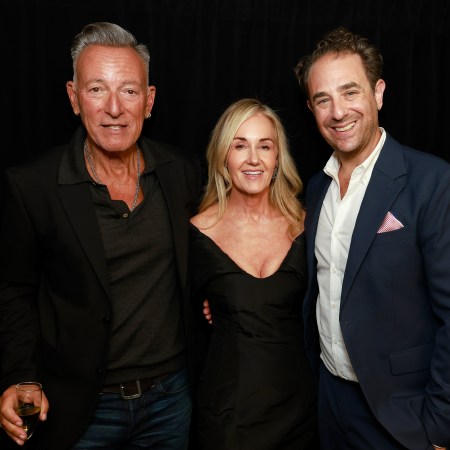When the history of blockbuster movies is charted out, there are some films that might fall under the radar. People will cite examples like Star Wars, Terminator 2 and The Avengers — to say nothing of the oeuvre of Michael Bay — but other big-budget spectacles have also left an impact on the film industry. At IndieWire, Tom Brueggemann leapt back in time to the summer of 1996, and makes a convincing case that Twister has had a far greater influence on film than it might get credit for.
Twister brought an odd assortment of talent together. Director Jan de Bont had previously made Speed. Jurassic Park author Michael Crichton was one of the film’s writers. Bill Paxton and Helen Hunt played the film’s leads; Cary Elwes served as the film’s antagonist. Also in the cast? A young Philip Seymour Hoffman. Were there setpieces? You bet. At one point, Hunt and Paxton have to drive through a house that’s been blown onto the highway, making for a wonderfully disorienting bit of action filmmaking.
As Brueggemann argues, the film’s biggest innovation may have come via its release date. Warner Bros. opted to release it in May — at the time, a risky move for a big-budget action film like this one. In the end, though, it paid off — Twister ended the year as the second-highest-grossing film of 1996. There’s another reason why Twister stands out: unlike Mission: Impossible — released that same summer — it did not lead to a popular franchise.
“Twister” marks one of the few films since 1990 to gross over $500 million domestic as an original standalone: no sequel, no remake, no franchise. Just a singular event.
Twister may not be the first movie to come to mind as a pioneering blockbuster, but it fills that role neatly enough.
Subscribe here for our free daily newsletter.
Thanks for reading InsideHook. Sign up for our daily newsletter and be in the know.


















